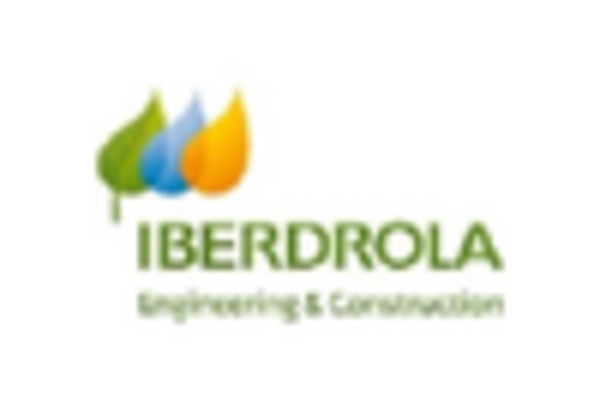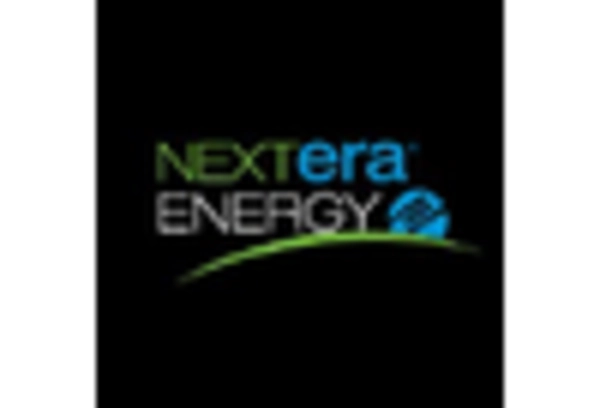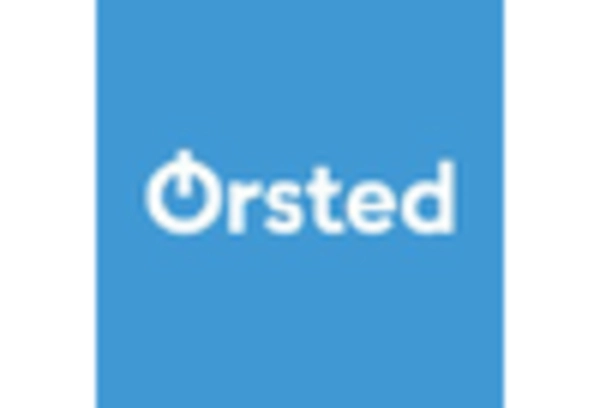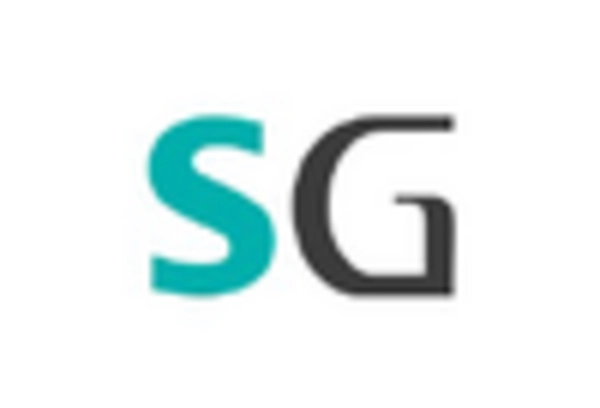China : Unmatched Growth and Investment
China holds a commanding market share of 210.0, representing a significant portion of the APAC renewable energy sector. Key growth drivers include substantial government investments, ambitious renewable energy targets, and a robust manufacturing base for solar and wind technologies. Demand trends indicate a shift towards cleaner energy sources, supported by policies like the Renewable Energy Law and the 14th Five-Year Plan, which emphasize sustainability and innovation. Infrastructure development, particularly in grid modernization, is also pivotal in accommodating renewable energy integration.
India : Government Initiatives Fuel Growth
India's renewable energy market is valued at 90.0, driven by government initiatives like the National Solar Mission and ambitious targets for 175 GW of renewable capacity by 2022. The demand for solar and wind energy is surging, particularly in states like Gujarat and Rajasthan, where favorable climatic conditions enhance energy generation. The competitive landscape features major players like Adani Green Energy and Tata Power, which are actively expanding their portfolios to meet rising energy needs and sustainability goals.
Japan : Focus on Technology and Sustainability
Japan's renewable energy market, valued at 50.0, is characterized by a strong emphasis on technological innovation and sustainability. The government has implemented policies such as the Feed-in Tariff system to promote solar energy adoption. Demand for renewable sources is growing, particularly in urban areas like Tokyo and Osaka, where energy efficiency is a priority. Major players like SoftBank and J-Power are investing in advanced technologies to enhance energy production and storage capabilities, creating a competitive environment.
South Korea : Government Support Drives Change
South Korea's renewable energy market is valued at 40.0, with a strong focus on transitioning from fossil fuels to green energy. The government has set ambitious targets under the Renewable Energy 3020 Implementation Plan, aiming for 20% of energy from renewables by 2030. Key markets include Seoul and Busan, where urbanization drives energy demand. Major players like Hanwha Q CELLS and SK Innovation are leading the charge, fostering a competitive landscape that encourages innovation and investment in renewable technologies.
Malaysia : Sustainable Development Initiatives
Malaysia's renewable energy market, valued at 25.0, is gaining traction through government initiatives like the Feed-in Tariff and the Renewable Energy Act. The demand for solar energy is particularly strong in states like Selangor and Penang, where industrial growth is driving energy consumption. The competitive landscape features local players like Tenaga Nasional Berhad and foreign investments from companies like Canadian Solar, creating a dynamic environment for renewable energy development and innovation.
Thailand : Investment in Clean Technologies
Thailand's renewable energy market is valued at 20.0, with a strong focus on solar energy as a key growth driver. The government has implemented policies like the Power Development Plan to promote renewable energy adoption. Key markets include Bangkok and Chiang Mai, where urbanization and industrialization are increasing energy demand. Major players like Energy Absolute and BCPG are actively investing in solar projects, contributing to a competitive landscape that fosters innovation and sustainability.
Indonesia : Diverse Energy Resources Available
Indonesia's renewable energy market, valued at 15.0, is characterized by its diverse energy resources, including geothermal, solar, and hydropower. The government is promoting renewable energy through the National Energy Policy, aiming for 23% of energy from renewables by 2025. Key markets include Java and Bali, where energy demand is rapidly increasing. Major players like PLN and Star Energy are investing in renewable projects, creating a competitive environment that encourages growth and innovation in the sector.
Rest of APAC : Regional Variations in Growth
The Rest of APAC renewable energy market, valued at 37.6, showcases diverse opportunities across various countries. Growth is driven by local government initiatives and international investments in clean technologies. Countries like Vietnam and the Philippines are emerging markets with significant potential for solar and wind energy. The competitive landscape includes both local and international players, fostering a dynamic environment for innovation and collaboration in renewable energy projects.


















Leave a Comment